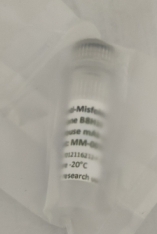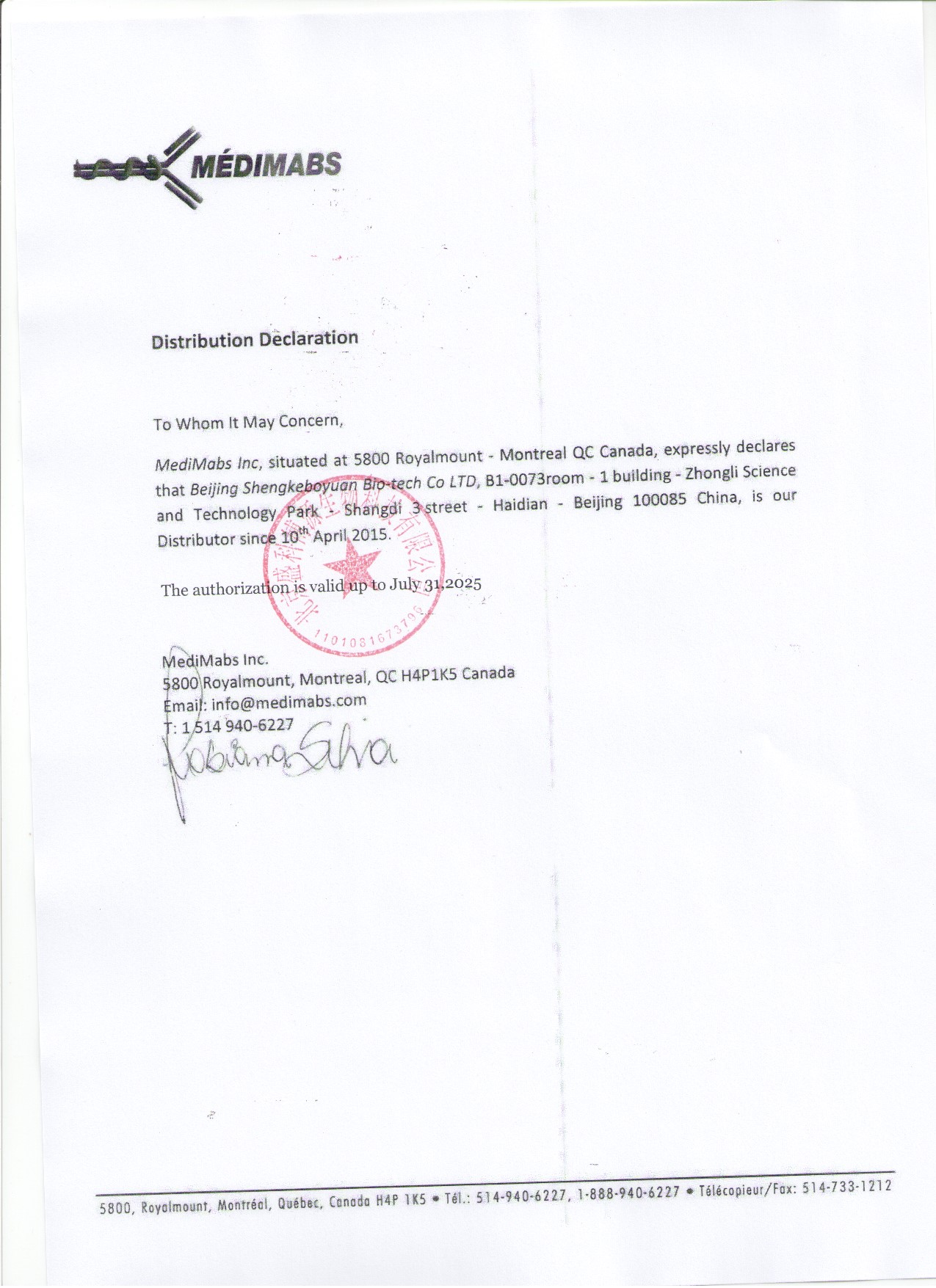 首页>
生物试剂
首页>
生物试剂
商家描述
商家资质信息
产品评价(0)
arget
Low density lipoprotein receptor LDLR
Target background
The LDL Receptor (LDLR) is a transmembrane protein of 839 amino acids that mediates the endocytosis of cholesterol-rich LDL. The LDL receptor plays a critical role in cholesterol homeostasis. It binds, internalizes, and removes LDL from serum. LDLR recognizes the apoprotein B100 which is embedded in the phospholipid outer layer of LDL particles, as well as the apoE protein found in chylomicron remnants and VLDL remnants (IDL). To be internalized, the receptor-ligand complexes must first cluster into clathrin-coated pits (or buds) on the cell surface. Defects in LDLR are the cause of familial hypercholesterolemia, a common autosomal semi-dominant disease that affects about 1 in 500 individuals.
Target alias
LDL receptor
Immunogen
C-terminal peptide
Specificity
Specifically recognizes the LDL receptor at a molecular weight of 160 kDa. The antibody recognizes the C-terminal portion of LDLR.
Clone ID
---
Preservative
None
Format
Lyophilized serum
Recommend starting dilution
If reconstituted with deionized water in 100 µl: WB: 1:1500. Optimal dilution has to be determined by the user.
Limitations
Research Use Only
Storage
Lyophilized antibodies can be kept at 4ºC for up to 3 months and should be kept at -20ºC for long-term storage (2 years). To avoid freeze-thaw cycles, reconstituted antibodies should be aliquoted before freezing for long-term (1 year) storage (-80ºC) or kept at 4ºC for short-term usage (2 months). For maximum recovery of product, centrifuge the original vial prior to removing the cap. Further dilutions can be made with the assay buffer. After the maximum long-term storage period (2 years lyophilized or 1 year reconstituted) antibodies should be tested in your assay with a standard sample to verify if you have noticed any decrease in their efficacy. To limit antibody loss or degradation, BSA (final concentration 1%) and sodium azide (final concentration 0.02%) can be added to the suggested first dilution. It is important to first verify if those preservatives are compatible with your assay.
 会员登录
会员登录.getTime()%>)
 购物车()
购物车()

 成功收藏产品
成功收藏产品
